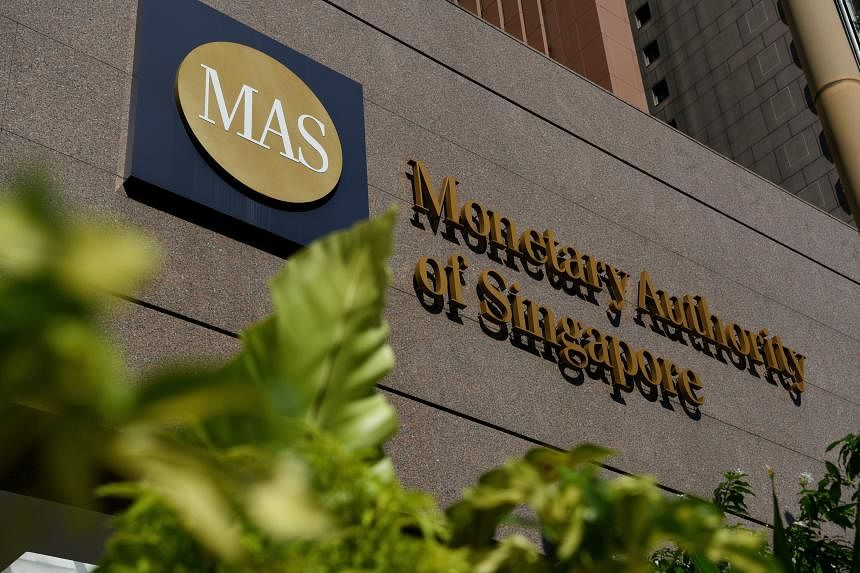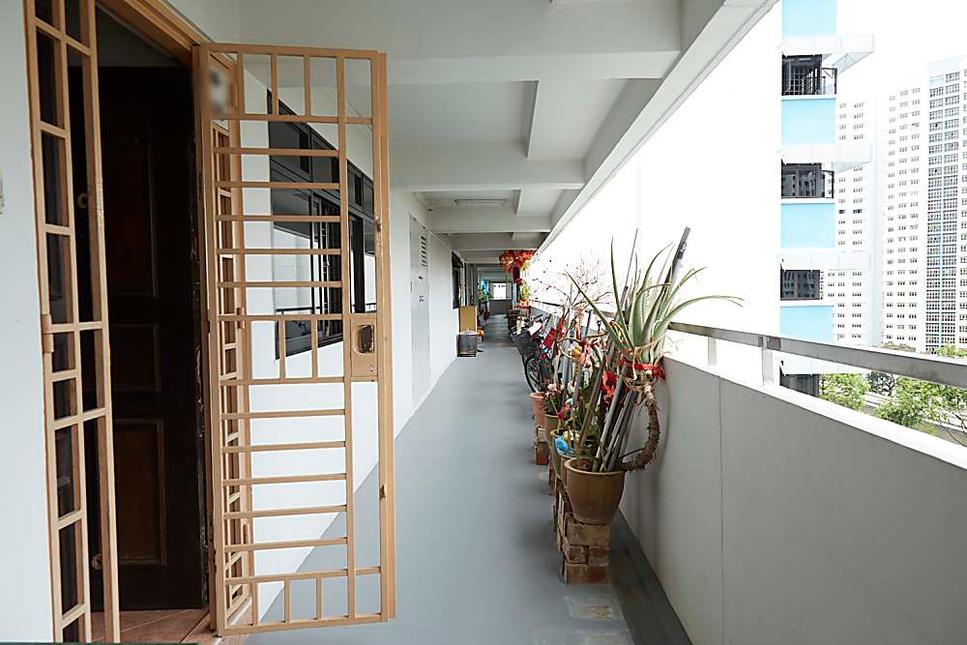
SINGAPORE – A basic financial planning guide launched on Saturday will help Singaporeans to take charge of their financial well-being.
It outlines a few rules of thumb people should adopt when addressing the key aspects of a holistic financial plan, namely, emergency funds, insurance protection, investment, and legacy planning.
The new guide was created by the Monetary Authority of Singapore (MAS), together with the Association of Banks in Singapore, Association of Financial Advisers (Singapore) and Life Insurance Association (LIA).
===
It was unveiled by Health Minister Ong Ye Kung at the Ready for Life Festival organised by Central Provident Fund Board and national financial education programme MoneySense, which is celebrating its 20th anniversary this year.
The guide, available on the MoneySense website, can be used consistently across the financial advisory industry.
The steps in the guide include:
- Setting aside at least three to six months of expenses for emergency needs;
- Getting insurance protection of nine times annual income for death and total and permanent disability, and four times annual income for critical illness;
- Spending at most 15 per cent of income on insurance protection; and
- Investing at least 10 per cent of income for retirement and other financial goals.
It also highlights government schemes that can be useful for addressing financial needs and provides simple product options.
“With this guide, we hope to demonstrate that financial planning can be as simple as taking three to four simple actions,” MAS said.
A survey conducted in 2021 by MoneySense found that Singaporeans need to take more active steps in financial planning. Over half of the respondents had not developed a savings plan for retirement.
The use of the guide is not a regulatory requirement, but MAS strongly encourages financial advisory firms and their representatives to refer to it in their financial planning conversations with customers.
MAS noted that the sum of emergency funds could differ depending on the person and the situation, but putting aside three to six months’ worth of expenses for emergency funds is an accepted rule of thumb. Those with irregular income should aim to have savings equivalent to one year of expenses.
This should provide a sufficient buffer for most people during emergencies like a medical incident, job loss or replacement of essential home appliances.
Emergency funds should be readily available and should not be used to invest in the stock market as that is meant for the long term.
Even if one has insurance policies, emergency funds are important as they can help to pay for non-medical emergencies that are not covered by insurance, MAS said.
The coverage recommendations for death, total and permanent disability as well as critical illness are based on LIA’s most recent study on protection gap, it added.
The study found that in the event of a death or permanent disability, an estimated amount of nine times the annual income is needed to cover expenses, clear outstanding debts, and maintain a reasonable lifestyle for a period of time.
Assuming a recovery period of five years from a major illness before the insured can return to the workforce, the estimated amount of four times annual income is needed to cover family needs, taking into account any necessary lifestyle adjustments due to a cut in earning capacity.
Term insurance policies are a cost-effective way to ensure protection, especially when lower premiums are “locked in” at a younger age. For example, a woman aged 25, a non-smoker, needs to pay a premium of only about $120 annually for a $200,000 term insurance plan covering death and total permanent disability to age 65.
This compares with a premium of about $450 annually she has to pay if the same policy was bought at the age of 45.
Singaporeans should familiarise themselves with national schemes that they are already covered under, said MAS. These include MediShield Life for large healthcare bills and CareShield Life/ ElderShield for long-term care in case of severe disabilities.
There are also affordable group term insurance policies that can be explored, such as Ministry of Defence and Ministry of Home Affairs group term insurance policies applicable for full-time national servicemen and their dependants.
To help plan and budget for an HDB flat purchase, Singaporeans are advised to check out the Housing Board’s financial guide.
The latest guide provides recommendations on the classes of financial products such as shares and bonds that Singaporeans with spare cash may consider for investments. But it does not provide specific product recommendations, given different risk appetites.
It is recommended that for short-term goals, consumers should consider lower risk/reward investments such as Singapore Savings Bonds, Treasury bills and fixed deposits. It is important to think about what happens if the investment suffers a loss and whether it will impact other commitments such as loan repayments, MAS added.
For longer-term investments, one may be able to take on higher risk/reward investments, while one can recover from any short-term losses by staying invested and riding out the market volatility.
That said, there is no such thing as a guaranteed investment that offers high returns without risk of loss, MAS said.
Singaporeans should set aside more money in their CPF accounts for retirement as this will help provide them with monthly payouts in retirement no matter how long they live, it said.
The CPF Life payout is a major source of retirement income for many Singaporeans, who can choose to activate the scheme any time between the ages of 65 and 70. The amount of monthly payout is determined by the funds accumulated in the CPF Retirement Account.
Under the default standard plan, a member who turned 55 in 2022 and has the full retirement sum of $192,000 in the same year can expect to receive $1,550 in monthly payouts.
“Ultimately, how much you set aside depends on your desired monthly payouts,” MAS said.
Singaporeans can consider growing their retirement savings by making cash top-ups and/or CPF transfers to their CPF Special or Retirement Account.
They can explore housing monetisation options such as the Silver Housing Bonus and Lease Buyback Scheme to supplement retirement income.
From January 2024, the guide will be available in six customised formats to meet the needs of individuals at different life stages, including fresh entrants to the workforce, working adults with young children, working adults supporting aged parents and those approaching retirement.
As the guide is not designed to be exhaustive, those seeking customised financial planning that caters to unique needs, circumstances and preferences should consult their financial advisory representative, said MAS.
Read the full story for $0.99/month
Save more than 90% on your subscription and get over 500 subscriber-only articles every month.
ST All-Digital Package - Monthly
$29.90 $0.99/month
No contract
$0.99/month for the first 3 months, $29.90/month thereafter. T&Cs apply.
Unlock these benefits
Get subscriber-only articles on ST Web and app
Easy access on up to 4 devices
2-week e-paper archive to ensure you never miss out on news that matters to you
Join ST's Telegram channel and get the latest breaking news delivered to you.










No comments:
Post a Comment